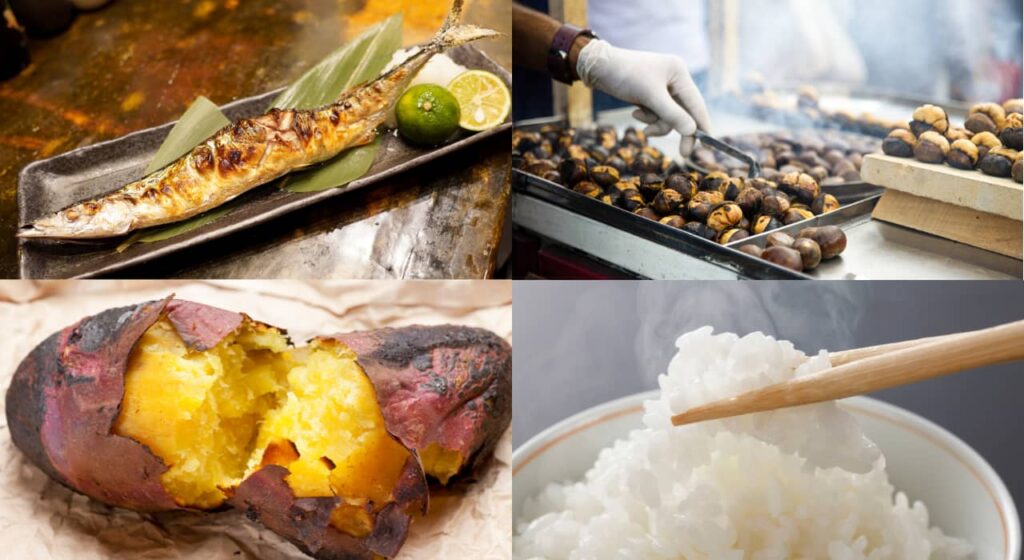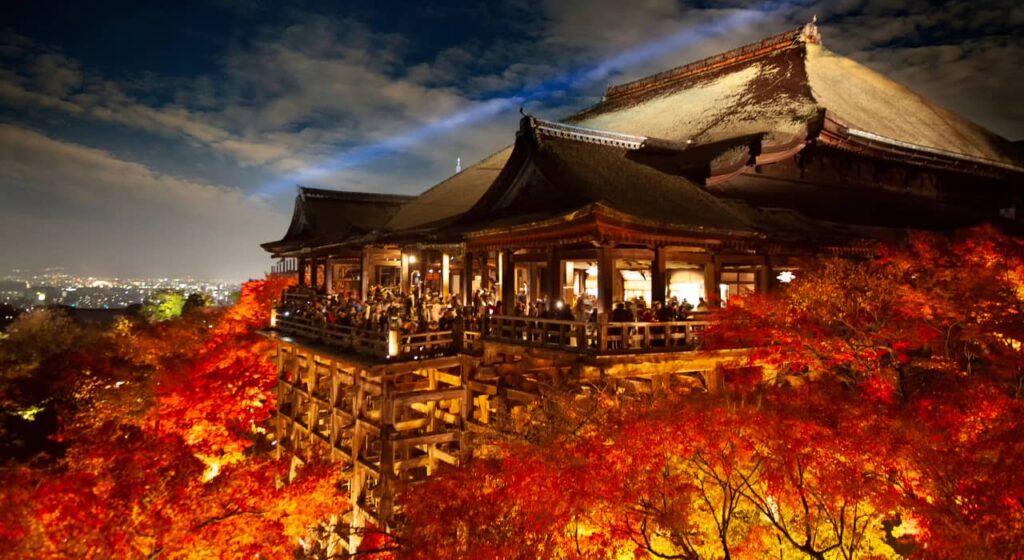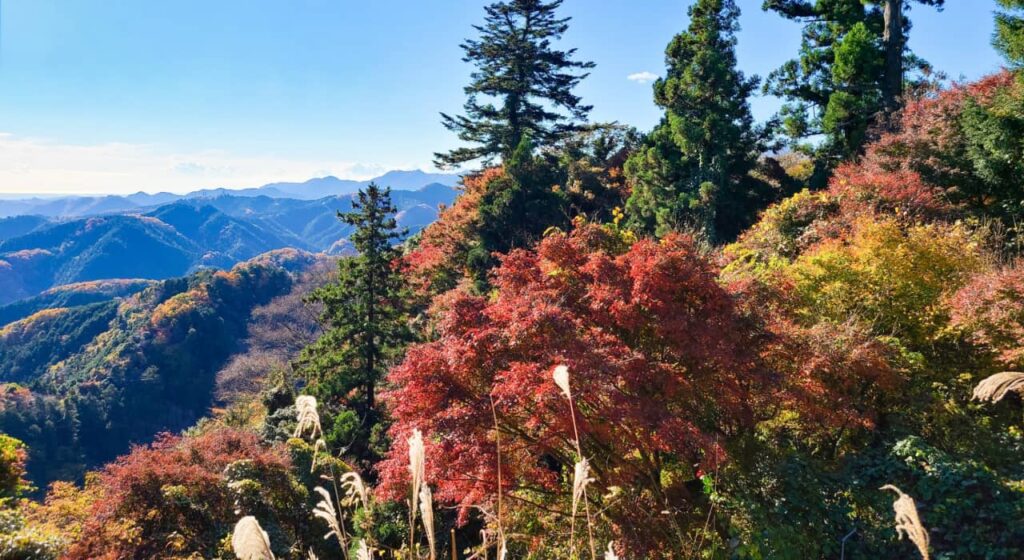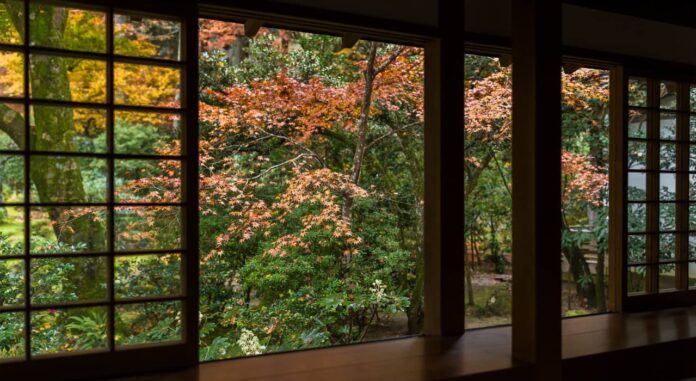Japan’s autumn is a season of bountiful harvests and stunning natural transformations. This article provides tips on how to use data and simple hacks to get the most out of the season’s gourmet delights, brilliant foliage, and cultural experiences.
1. Optimize Your Culinary Journey: Japan’s “食欲の秋 -Shokuyoku no Aki” (Autumn Appetite)

Autumn is when many of Japan’s best ingredients are in their prime. Beyond simply enjoying the food, we’ll show you how to truly savor the concept of “旬 -shun,” or seasonal peak.
- Sanma (秋刀魚 -Pacific Saury): Caught from September to October, this fish is the quintessential taste of autumn. It’s typically grilled with salt (塩焼き -shioyaki) to highlight its rich, natural flavor.
- Kuri and Satsumaimo (栗&さつまいも -Chestnuts and Sweet Potatoes): These ingredients are essential for both savory and sweet dishes, prized for their exceptional sweetness and aroma. Recently, a popular trend is to use low-temperature cooking to create roasted sweet potatoes that maximize their natural sweetness.
- Shinmai (新米 -New Rice): Freshly harvested rice is plump, fragrant, and delicious. You can find your perfect match by checking data on rice varieties, production regions, and harvest times across Japan.
2. Plan Your Perfect “Koyo” (紅葉 -Autumn Foliage) Trip with Forecast Data
The timing of autumn foliage varies significantly based on location, elevation, and temperature. Optimizing your trip requires data analysis.
- Harnessing Fall Foliage Forecasts: Websites like the Japan Meteorological Corporation (JMC) and the Japan Weather Association (JWA) provide detailed, up-to-date autumn foliage forecasts. These sites use historical data and current temperature trends to predict the best viewing times for hundreds of locations. You can check their websites for color-coded maps and charts that predict peak foliage dates with surprising accuracy. (Example links: JMC, JWA).
- Real-Time Data for Smart Travel: The most effective way to beat the crowds is to use real-time data. Check live webcams, social media feeds with relevant hashtags (e.g., #紅葉, #autumnleaves), and travel apps to get a clear picture of current conditions and crowd levels. This ensures you visit hotspots at the optimal time. (Example link: NAVITIME)
Recommended Foliage Spots
- Kyoto 京都
 The contrast between historical temples (like 清水寺 -Kiyomizu-dera) and the autumn leaves is breathtaking. The nighttime illuminations often blend digital art like projection mapping to create a magical atmosphere.
The contrast between historical temples (like 清水寺 -Kiyomizu-dera) and the autumn leaves is breathtaking. The nighttime illuminations often blend digital art like projection mapping to create a magical atmosphere. - Nikko 日光
Driving the Irohazaka winding road offers a powerful view of the vast, colorful landscape. Drone footage provides the best way to appreciate the sheer scale of the scenery.
3. Take a Break from Screens: Enjoying Autumn Without Digital Devices
With digital devices so present in our daily lives, taking a step back to enjoy art and nature can be a refreshing and enriching experience.
- Hakone Museum of Art 箱根美術館 (Kanagawa)
This museum is famous for its stunning moss garden, which becomes a sight to behold as it contrasts with the autumn leaves. From mid to late November, the entire garden turns red and gold, making you feel as though you’re walking through a painting. For a more peaceful visit, we recommend arriving right after the museum opens to avoid the crowds. - Mount Takao 高尾山 (Tokyo)
 At 599 meters, Mount Takao is a beginner-friendly mountain just one hour from central Tokyo, known as a prime autumn foliage spot. At its base is Gokurakuyu Onsen, a hot spring you can visit for the day. Relax in the open-air bath and peacefully enjoy the mountain’s autumn leaves without the need for a long trip.
At 599 meters, Mount Takao is a beginner-friendly mountain just one hour from central Tokyo, known as a prime autumn foliage spot. At its base is Gokurakuyu Onsen, a hot spring you can visit for the day. Relax in the open-air bath and peacefully enjoy the mountain’s autumn leaves without the need for a long trip.
Enjoy Japan’s Autumn!
Autumn is when food, nature, and culture shine their brightest. By using data and technology for planning and then stepping away to enjoy the season through your five senses, your autumn in Japan will be a rich and unforgettable experience.
For more articles👇👇👇
📩 Subscribe to the Newsletter












